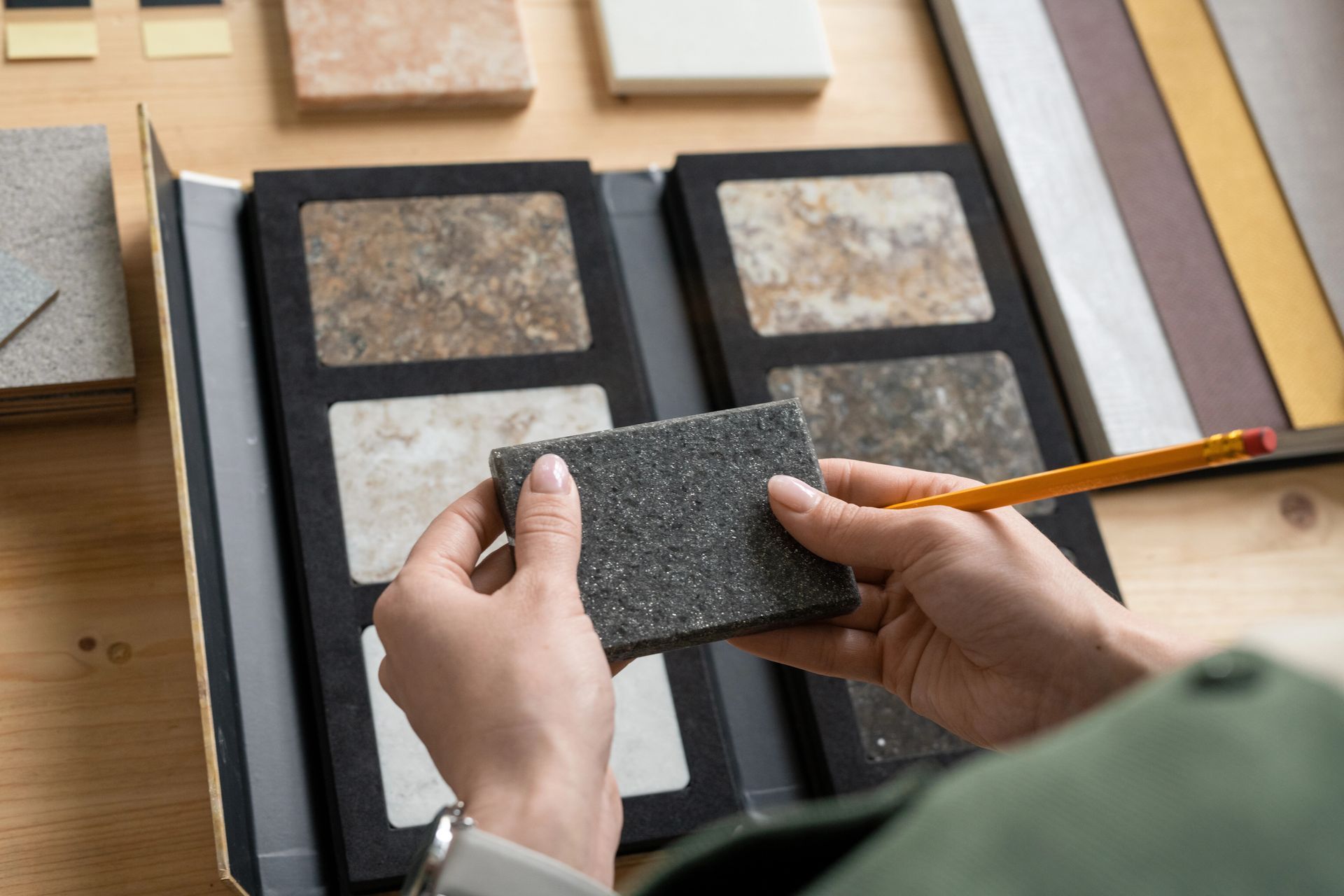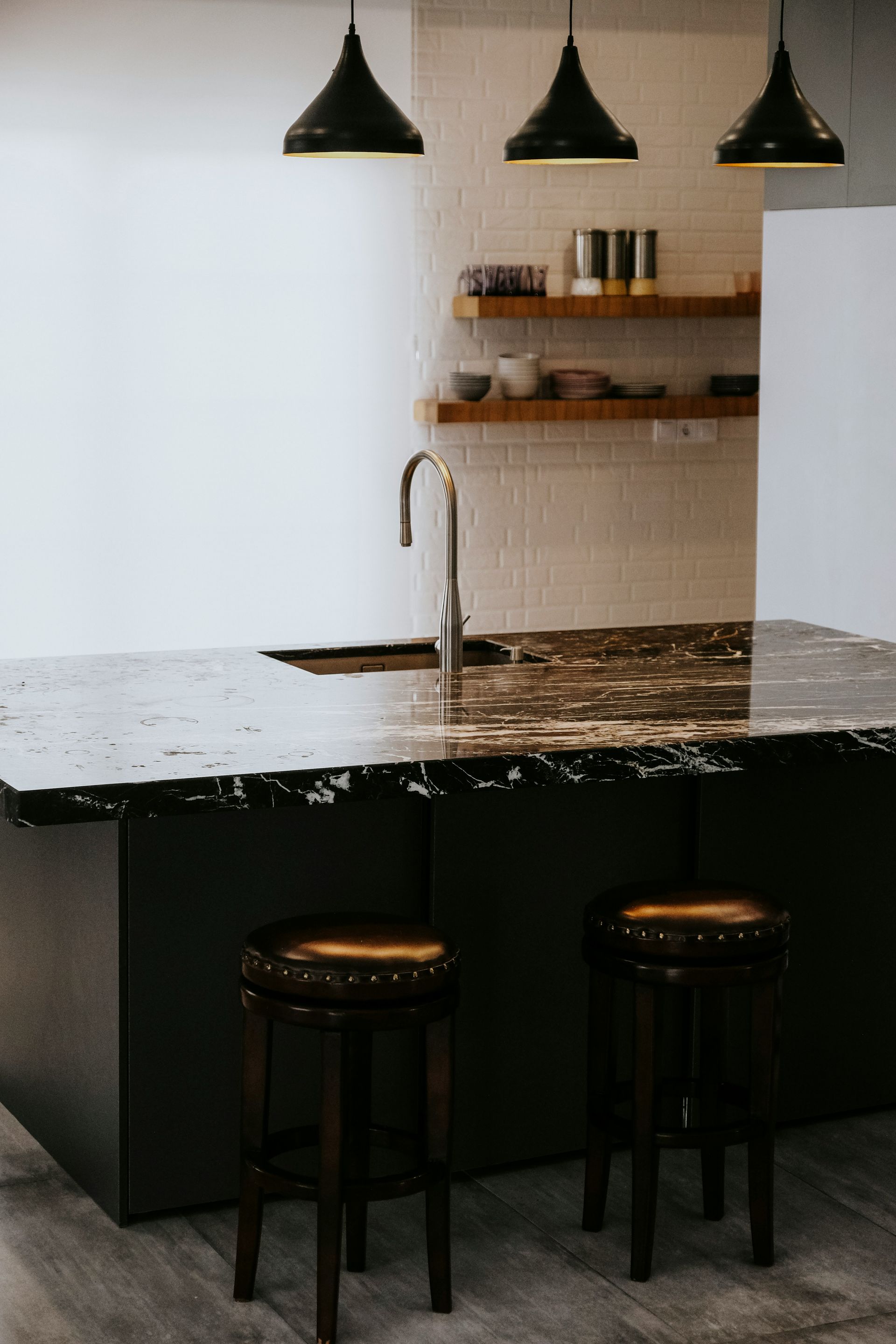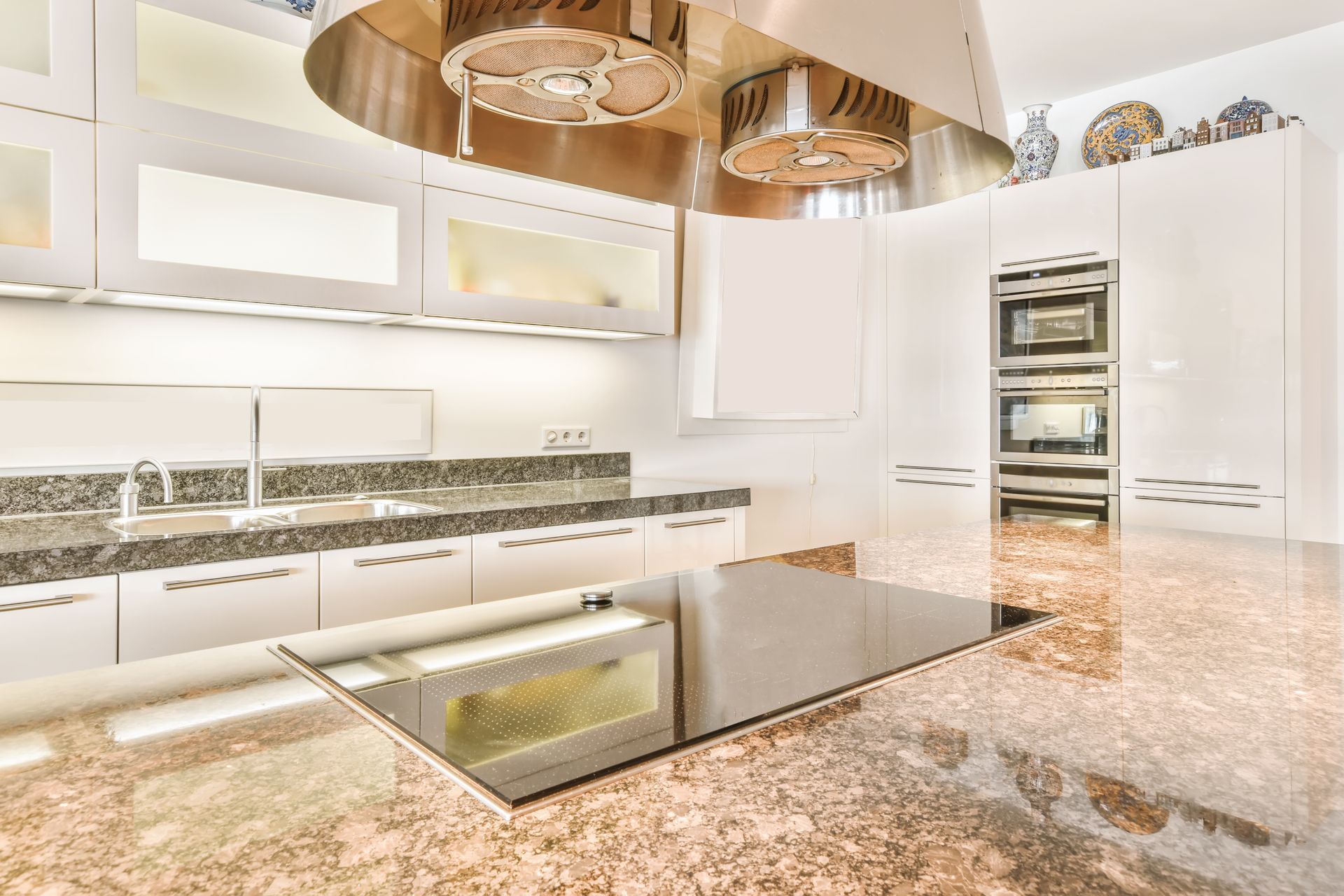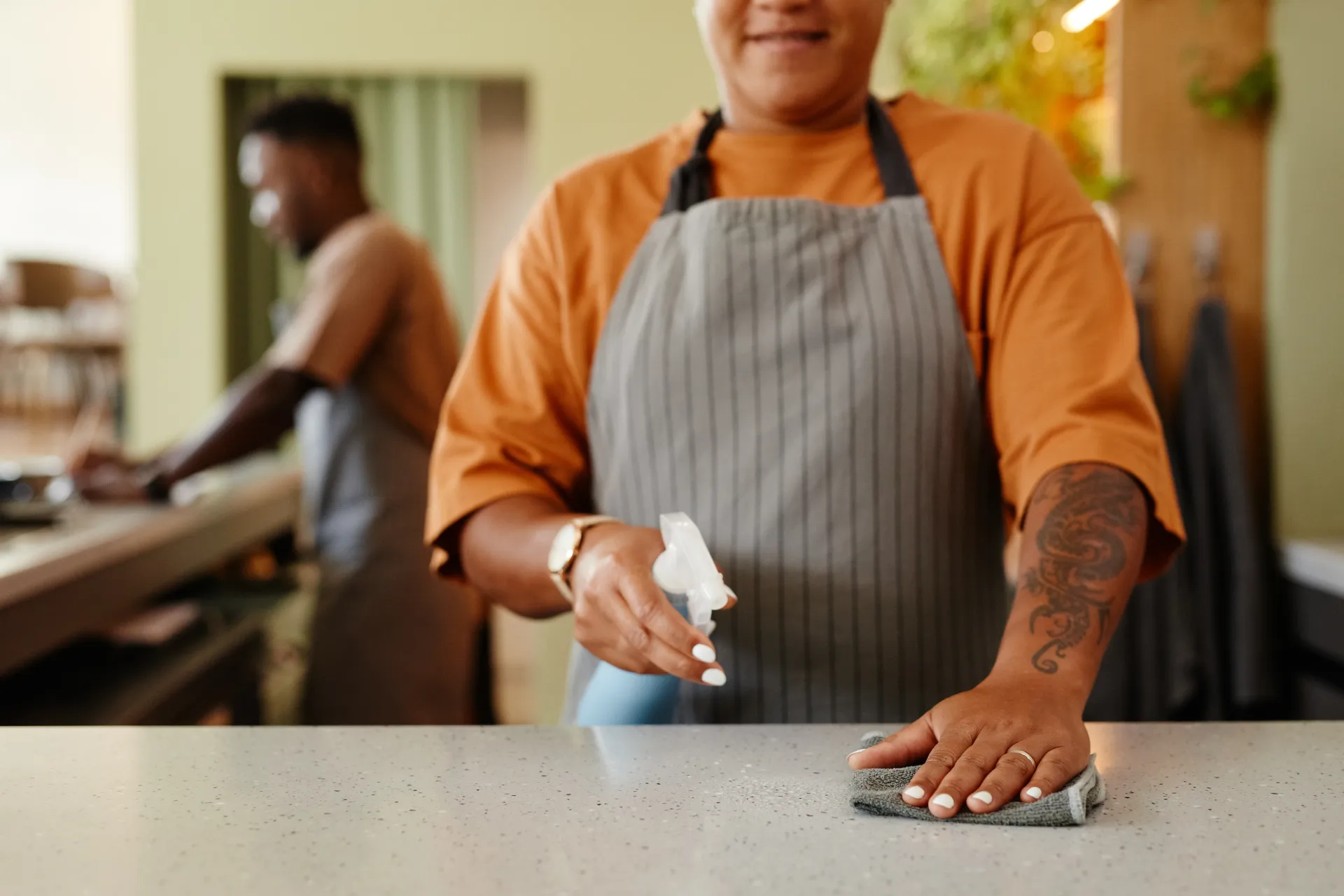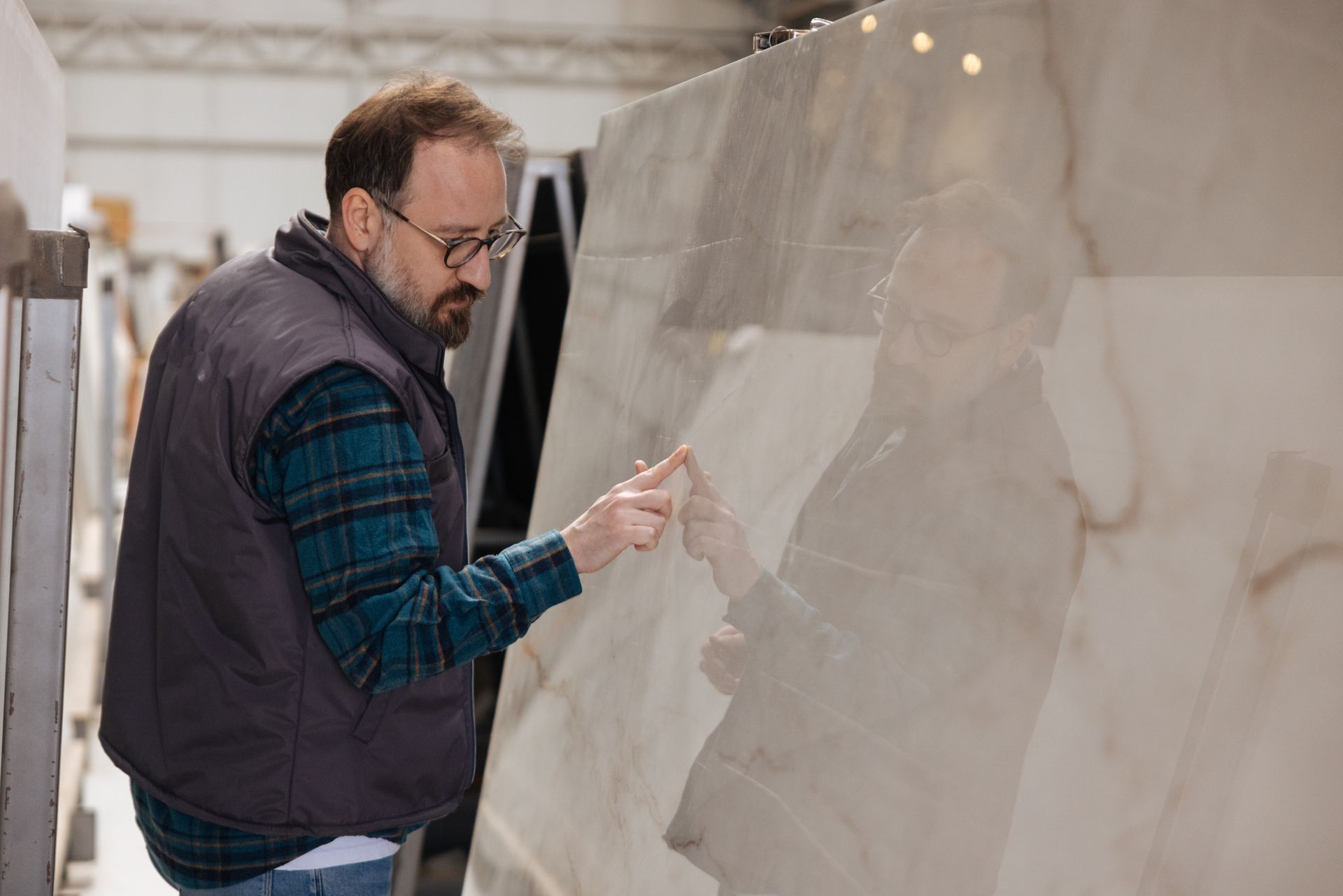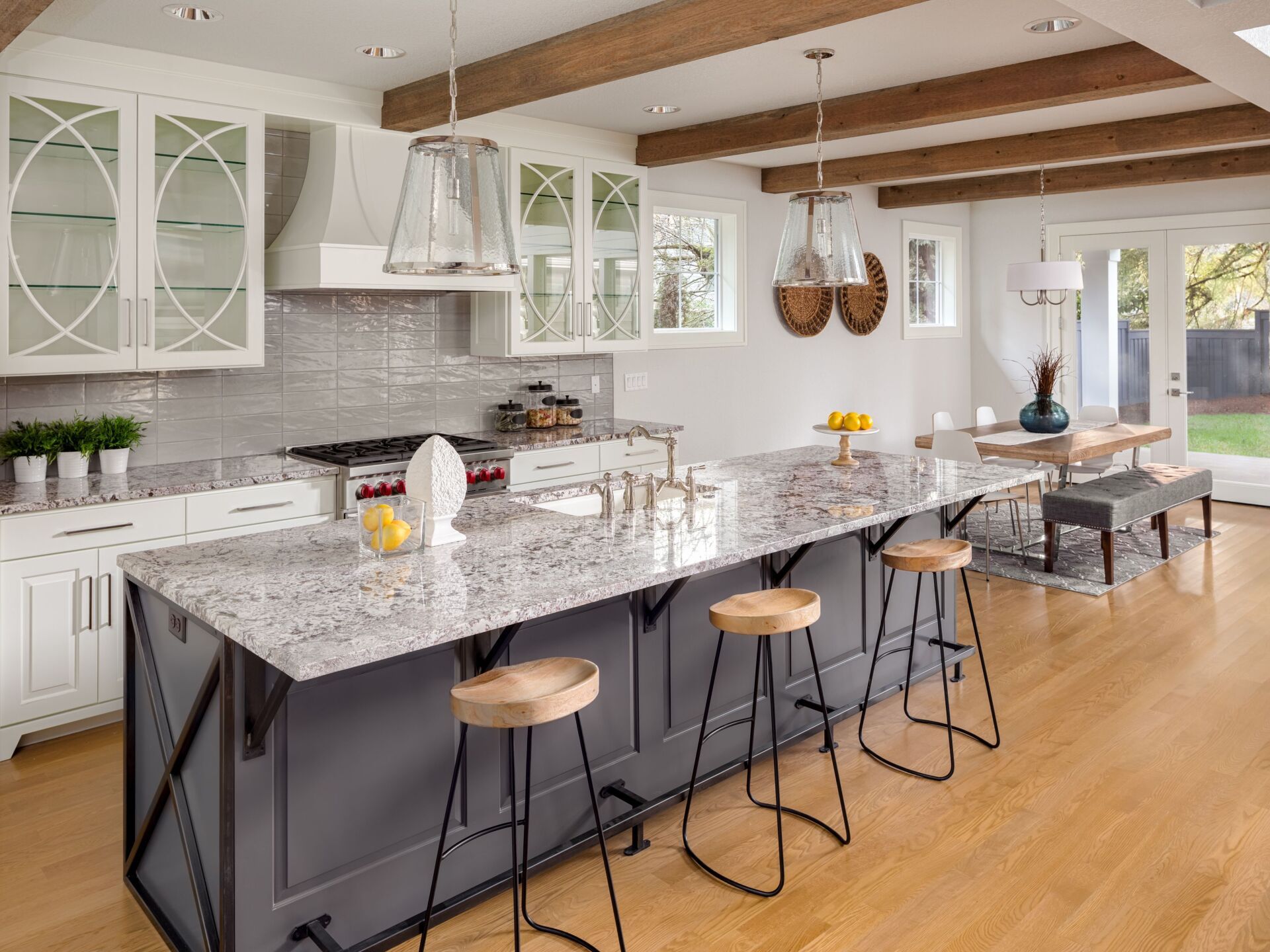Why Granite is the Best Choice for Your Home
Granite is the Perfect Material for your Home!!!
If you're looking for the perfect material for your home countertops, flooring, or accents, consider using granite. Not only is it a sustainable choice, but it's also durable, elegant, and requires little maintenance. In this blog post, we'll explore the many benefits of using granite in your home and why it's the best choice for anyone looking to add style and sophistication to any living space.

Granite is durable and resistant
One of the main benefits of using granite is its durability. Granite is a naturally tough material that can withstand heavy use and wear, making it ideal for high-traffic areas such as kitchens and bathrooms. Unlike other materials, granite is also scratch and stain-resistant, so you don't have to worry about knife marks or spills damaging your countertops. In addition, granite is heat-resistant, so you can place hot pots and pans on it without causing any damage.
Granite is versatile and comes in many designs
Granite is a versatile material that can be used in a variety of ways throughout your home. It comes in a range of colors, patterns, and textures, making it easy to find a design that fits your style and décor. Whether you're looking for something sleek and modern or classic and traditional, there's a granite design that's perfect for you. Plus, since granite is a natural stone, each piece is unique, giving your home a one-of-a-kind look and feel.
Granite is easy to clean and maintain
Another reason why granite is a great choice for your home is that it's easy to clean and maintain. A simple wipe-down with warm water and soap is all it takes to keep your granite looking new and shiny. You also don't have to worry about sealing it too often since granite is naturally resistant to bacteria and mold growth.
Granite is an eco-friendly choice
If you're looking for a sustainable and environment-friendly material, granite is an excellent choice. It's a natural stone that doesn't emit any harmful substances into the environment during or after the manufacturing process. Plus, since it lasts a long time and requires little maintenance, it can be considered a long-term investment in your home.
Granite Adds Value to Your Home
Adding Granite to your home adds value and increases return on investment. It looks more expensive than it actually is and can help your house sell faster. It is a worthwhile investment to secure a luxurious look that can withstand the test of time and provide a lifetime of use.
Granite is an excellent choice for anyone looking to add beauty, functionality, and sustainability to their home. With its durability, versatility, easy maintenance, and eco-friendliness, it is a practical and cost-effective choice for modern homeowners. Plus, its unique designs, natural colors, and textures can add style and sophistication to any living space. Whether you're renovating your kitchen, updating your bathroom, or enhancing your accent pieces, consider using granite to elevate your home to the next level. Let the team at Busche Granite help you choose the right slab of granite to use throughout your home. They will make your dreams come to life!
Call Busche Granite today at 905-634-9934 to discover the largest selection in North America!


